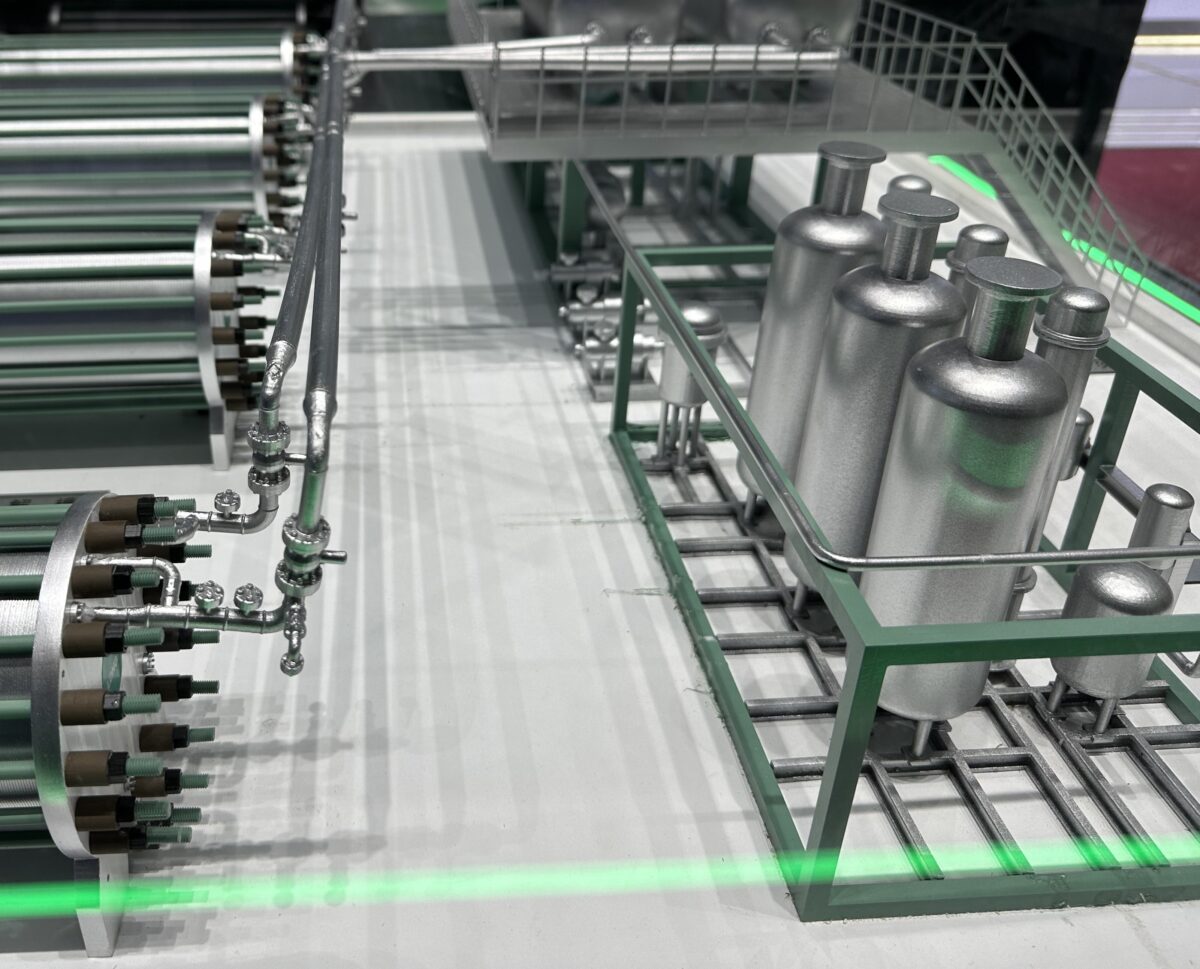The Hydrogen Stream: US will focus on blue H2, at least one giga-scale green project will take FID in 2025
Source:pv magazine
Wood Mackenzie says the United States will dominate the blue hydrogen market by 2025, driven by policy shifts and large-scale investments, while Siemens Mobility says it has secured approval for its Mireo Plus H hydrogen trains to begin passenger service in Germany.

Image: pv magazine
Wood Mackenzie said in a new report that the United States will secure its position as the leading blue hydrogen producer by 2025, driven by policy developments under the second Trump administration. The Edinburgh-based data provider predicted a surge in blue hydrogen investments in Northern America, with at least three large-scale projects reaching final investment decisions (FID), making US blue hydrogen projects more than 10 times the scale of green hydrogen projects expected to reach FID in the same year. Globally, the research firm identified Latin America, the Middle East, India, and China as frontrunners for giga-scale green hydrogen projects. It also said Chinese electrolyzers will account for at least one-third of orders outside Europe and North America. It also underlined that Japanese companies are preparing for contract-for-difference auctions.
Siemens Mobility said that the first Mireo Plus H hydrogen trains secured authorization for passenger operation and are ready to begin service. “Their approval marks another significant milestone for emission-free mobility in the Berlin-Brandenburg and Bavarian regions, where hydrogen-powered trains will be used for the first time,” said the German company. The train operates with a range of up to 1,200 km, powered by an H2 traction system delivering 1.7 MW for acceleration up to 1.1 m/s², and reaches a top speed of 160 km/h.
Thyssenkrupp Nucera has reported a 73% rise in green hydrogen revenue for the 2023-24 fiscal year. “The strongest growth impulses were again provided by the alkaline water electrolysis (AWE) segment,” said the German company. “Customer orders for the highly efficient technology for the production of green hydrogen rose sharply by 73% to €356 million ($373.9 million).” It added that it has partnered with Fraunhofer IKTS to add solid oxide electrolysis cell (SOEC) technology to its portfolio and has secured a 700 MW electrolyzer project for Europe’s first large-scale green steel plant, developed by Sweden's Stega.
Massachusetts Institute of Technology (MIT) researchers have developed a method to estimate hydrogen's global warming potential (GWP) using a model with a detailed chemical mechanism. Their analysis compared hydrogen’s GWP to methane’s GWP. “We find that the hydrogen emission intensities (weighing either by methane mitigation or global warming potential), cross zero at a methane leakage rate of about 1.2%; exceeding that methane leakage rate in blue hydrogen production would mean replacing fossil fuels with hydrogen would increase the atmospheric methane burden and global warming,” said the researchers in a recent study in Frontiers.
